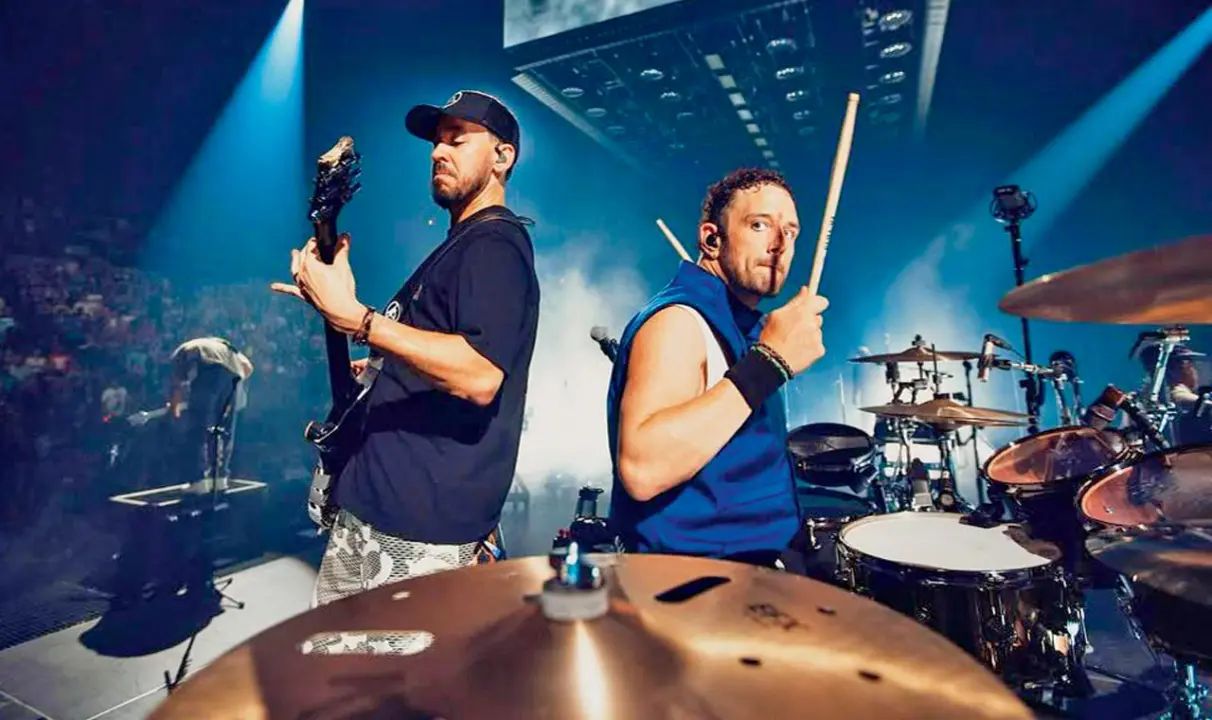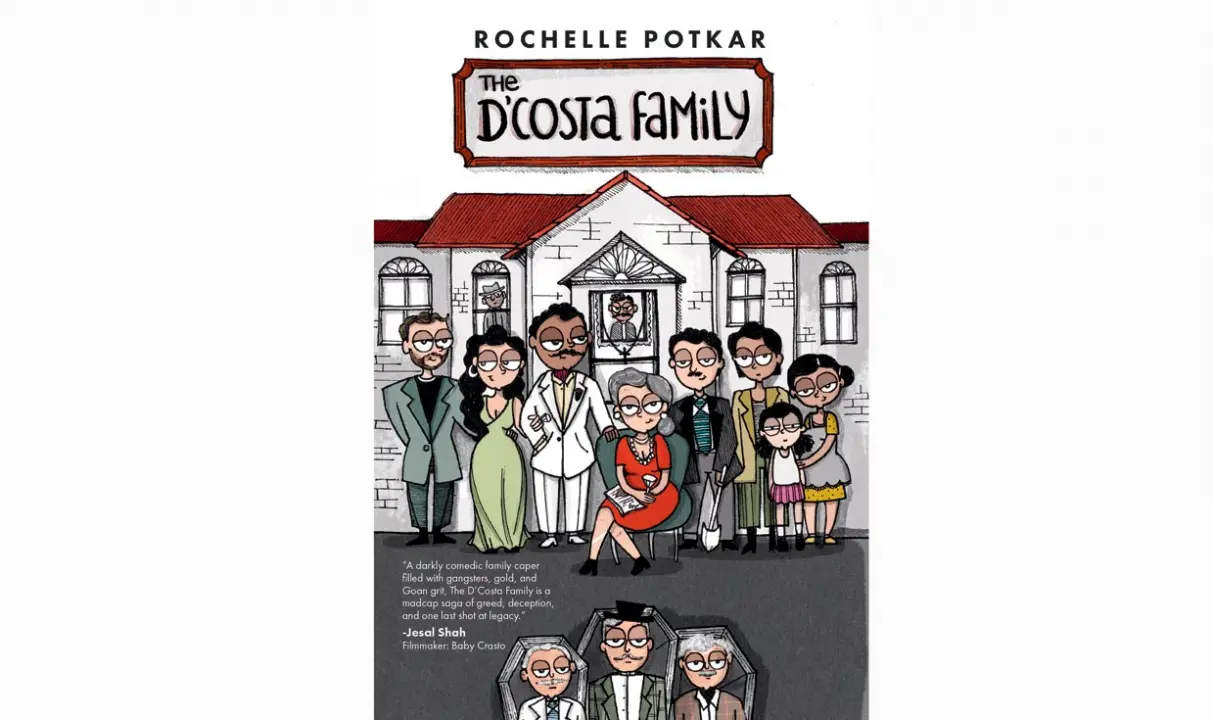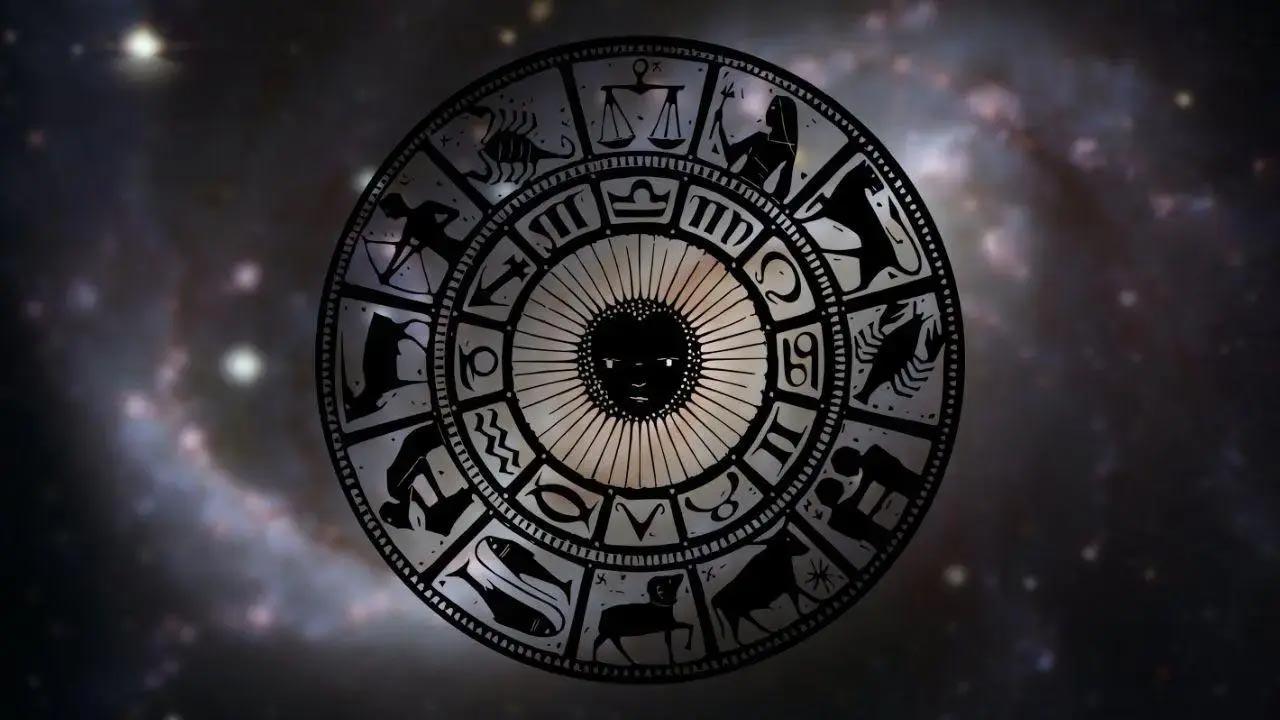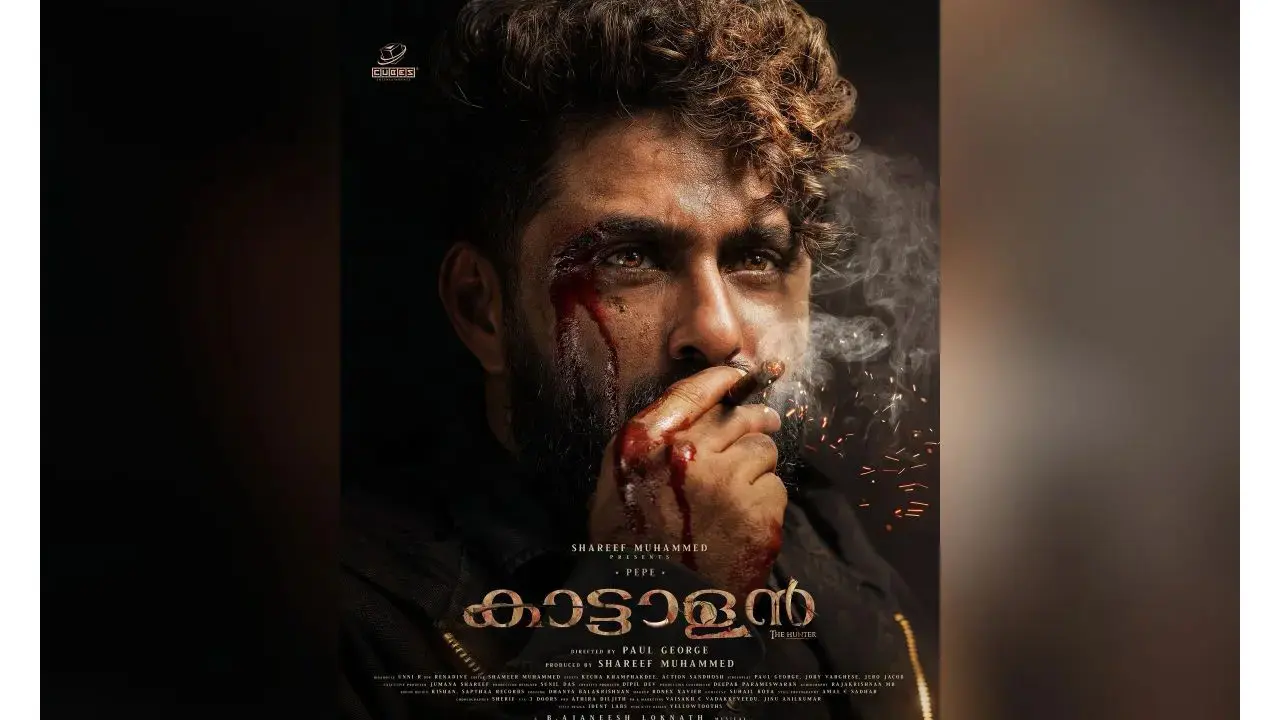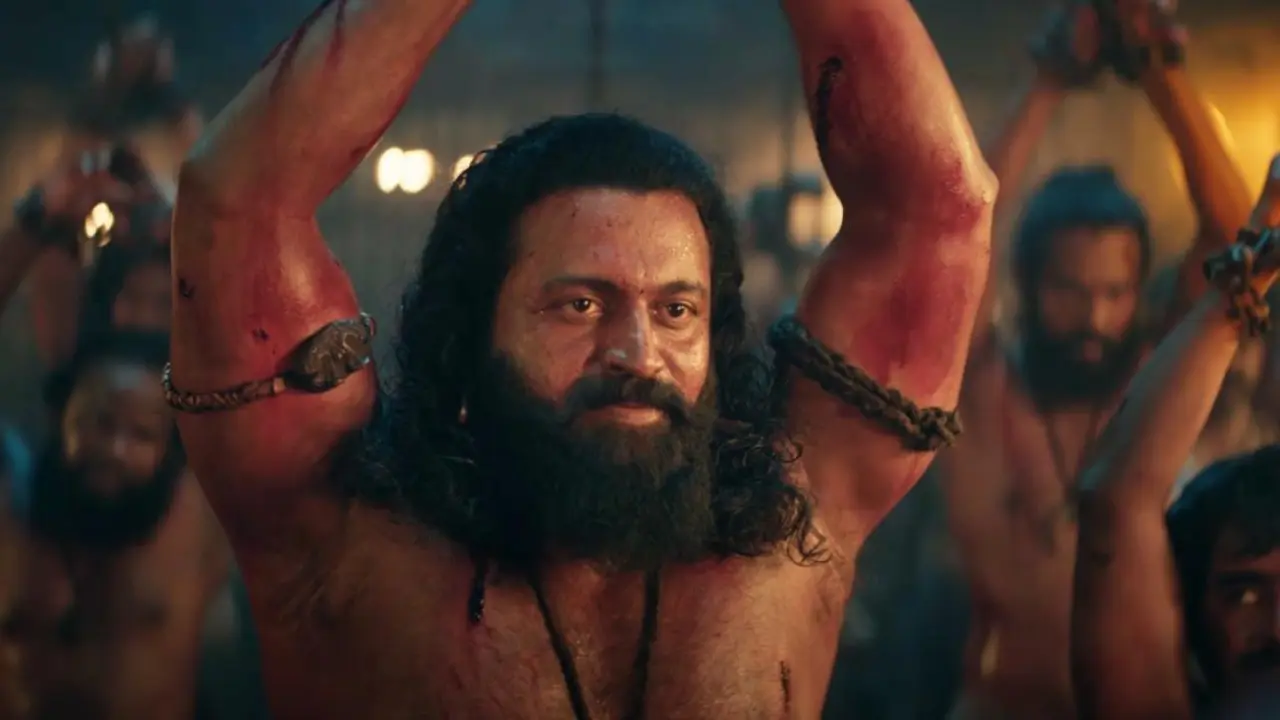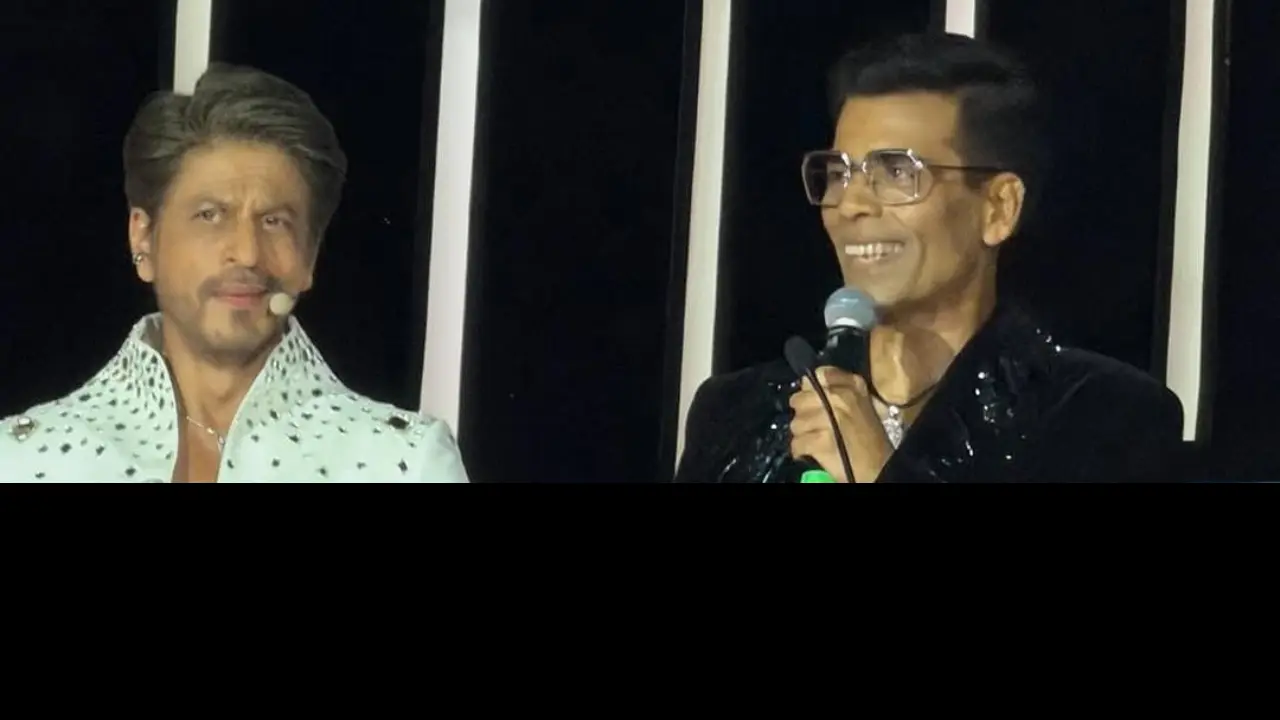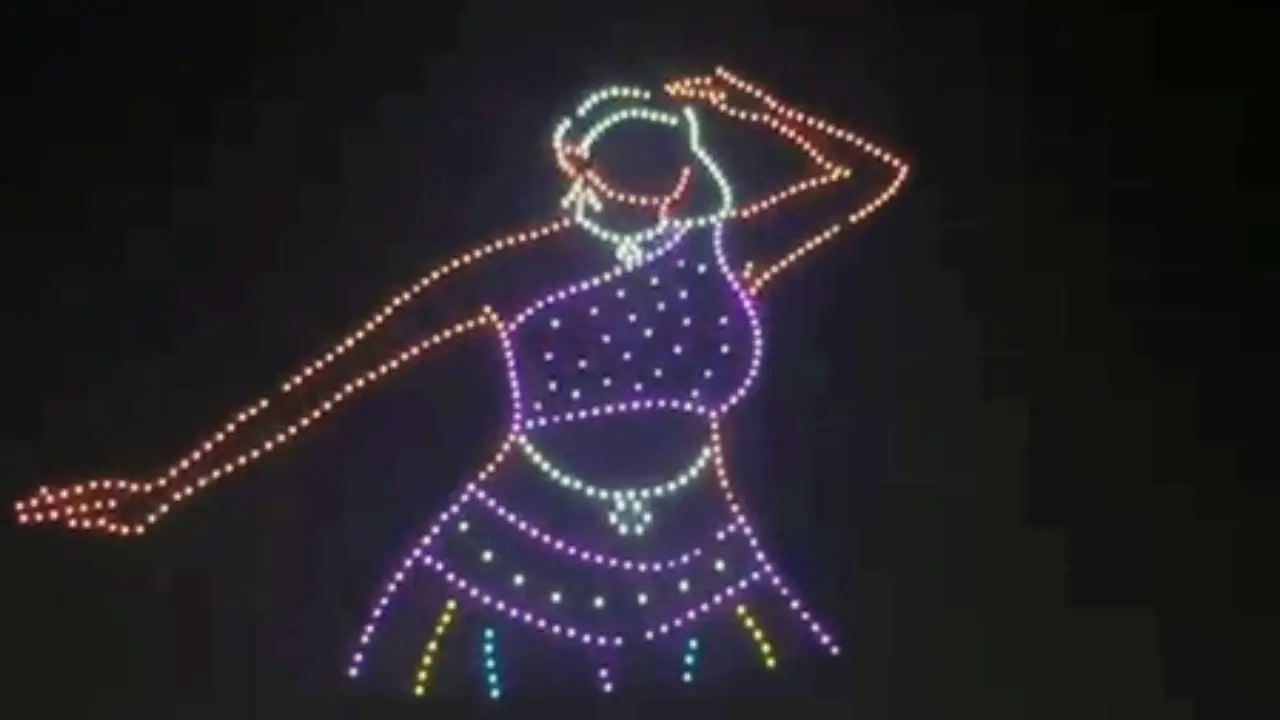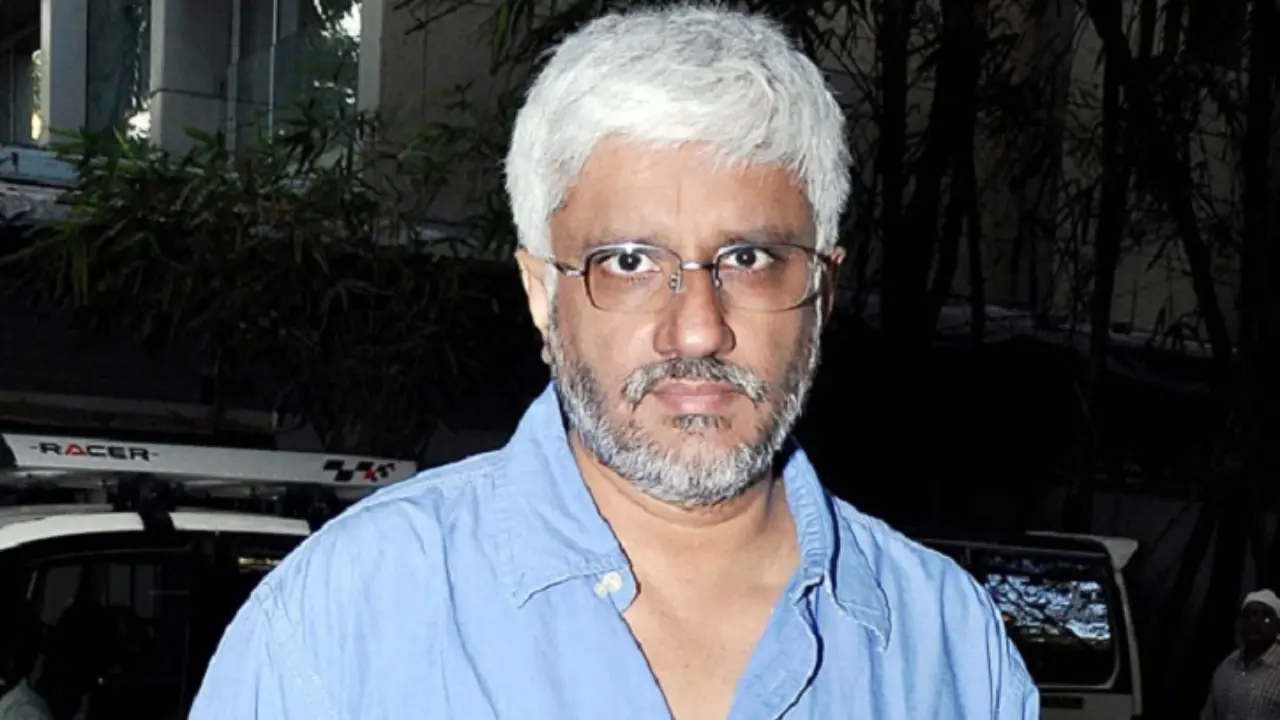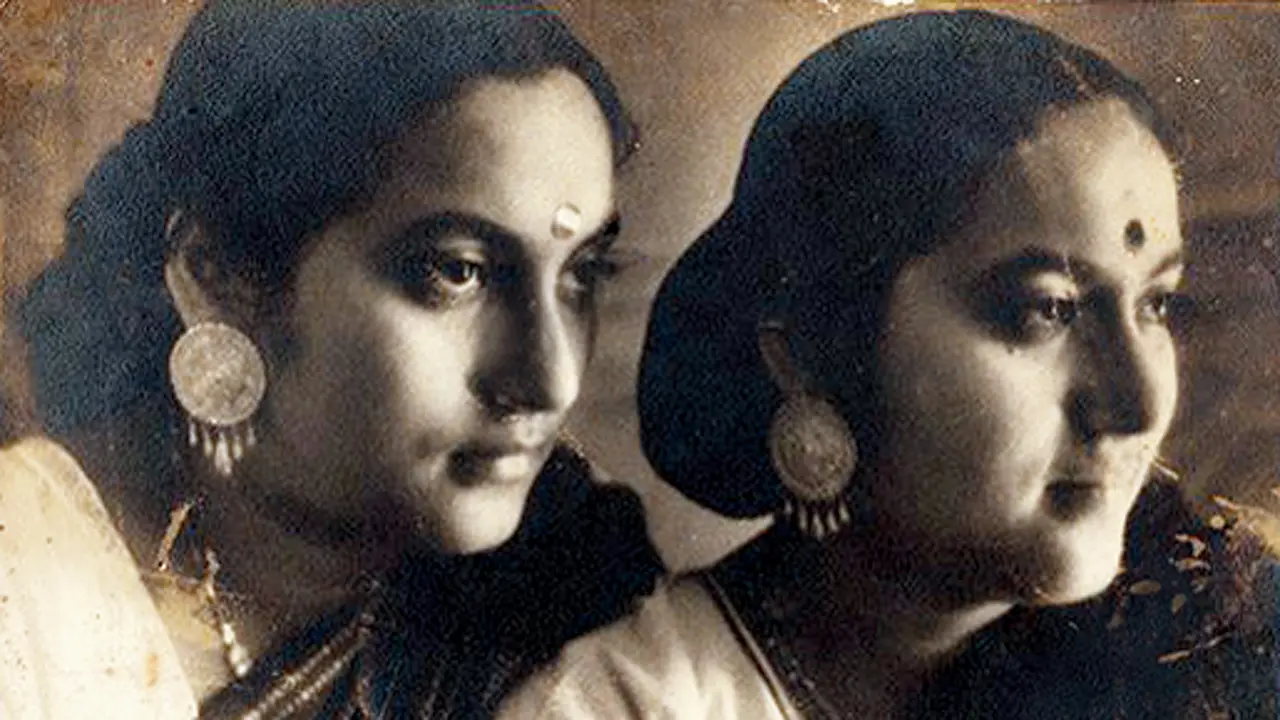
The root of the word amateur lies in the Latin word for love, amare. In its pure form, it referred to an individual’s love for an art, beyond functional benefits. So, Debalina Mazumder and Manobina Roy fit the ancient definition of the word. Curators Sabeena Gadihoke, Mallika Leuzinger, and Tapati-Guha Thakurta’s travelling exhibition, Twin Sisters with Cameras, seeks to bring this love to light.
“As a practising cameraperson, I was interested in the legacy of women photographers of the period,” shares Gadihoke, whose documentary, Three Women and a Camera (1998) centred on Homai Vyarawalla, Sheba Chachhi, and Dayanita Singh. It was during this search that she came across the story of the identical twins, Debalina Mazumder and Manobina Roy, and their photographs.
Photograph of Aparajita (daughter of Manobina Roy) standing above the Bombay-Poona Highway, mid 1960s by Manobina Roy
“I met them in the early 2000s, and did detailed interviews after which I published an early article. Meanwhile, Tapati Guha-Thakurta had worked on the collection of Debalina in Kolkata, and Leuzinger had also researched them for her PhD,” she shares. The trio came together to receive a grant from PhotoSouthAsia that led to the first exhibition in Kolkata back in 2022.
Privilege and purdah
Growing up in the principality of Ramnagar of then Benares State, Debalina and Manobina received a camera from their father, Benode Behari Sen Roy. Sen Roy was tutor to the royal family, and a member of the Royal Photographic Society of Britain, shares Gadihoke.
Trafalgar Square, London, c.1959 by Debalina Mazumder
While most women in the kingdom were in the kingdom were in purdah, the twins found freedom in photography. The camera — a Kodak Brownie — captured the world around them. The softness and naturalism in their photographs is complete with a polished aesthetic. “In her handwritten memoir, Manobina talks about them growing up in Benaras’ Peeli Kothi and observing natural light. They had a gift for shooting in natural light,” observes Gadihoke.
The Mumbai connection
Jawaharlal Nehru, by Manobina Roy
The marriage of Manobina Roy to Bimal Roy brings another incredible coincidence to light. The exhibition also features some photographs of the sisters taken by the filmmaker. “It is not known if his visual style influenced them. But they would have watched his films, I watched Udayer Pathey (1944) that he made for New Theatres, and was struck by some similarities in the poses,” the curator admits. In fact, Gadihoke reveals that Bimal Roy’s recces, including a visit to Bhowali for Madhumati (1951) were moments when Manobina would also step out with her camera. However, there were other influences too.
Peer appreciation
The Archer, Santiniketan, c.1936 by Debalina Sen Roy
“However, research into works of female photographers in India is difficult. Especially because many photographed within the family, and were considered amateurs,” she points out. This does not mean the work by the sisters remained hidden. The duo was actively involved in the travelling exhibitions of the United Provinces Amateur Photographic Association (UAPA). Debalina would go on to be chairperson of the Photography Association of Bengal in the 1980s.
In the early years, they would send out their works through the Postal Portfolio to exhibitions. “These were viewed and critiqued by peers. In fact, for the Mumbai edition, we have a collection of these letters alongside some of the photographs,” the curator reveals.
The light of their world
One thing that is clear is the sisters’ ability to tell the story around light. “They were both wonderful at portraits. Manobina’s work is known for its straight lines and tones, and Debalina for landscapes. However, they also overlap. It is hard to tell their works apart,” the curator tells us. The use of light to create atmosphere in the photographs is also a definitive signature.
Tapati Guha-Thakurta, Mallika Leuzinger and Sabeena Gadihoke
Being born in a prestigious family also offered the twin sisters access to personalities. They photographed Rabindranath Tagore, Pandit Jawaharlal Nehru, and VK Krishna Menon, among others. Recalling an anecdote of the meeting with Nehru, Gadihoke says, “At one point, he asked Manobina if this was the right location. She replied, “Sir, I am doing a portrait. Have you heard of Yousuf Karsh?” Karsh was one of the most famous portrait photographers of the era. She knew her art.”
This India? “Dream” of a boy, sitting in a country boat, looking at a ship and dreaming of sailing in a ship, 1940s by Manobina Roy
Then, there are the photographs of the children — soft, natural, and yet with a defined visual grammar. “It is only right that we wind up the edition in Mumbai. We started in Kolkata, where one sister [Debalina] lived, and wrapped it up here, where the other lived,” she concludes.
From Today; 4 pm to 9 pm
Till October 26; 12 pm to 8 pm
At Dilip Piramal Art Gallery, NCPA, Nariman Point

